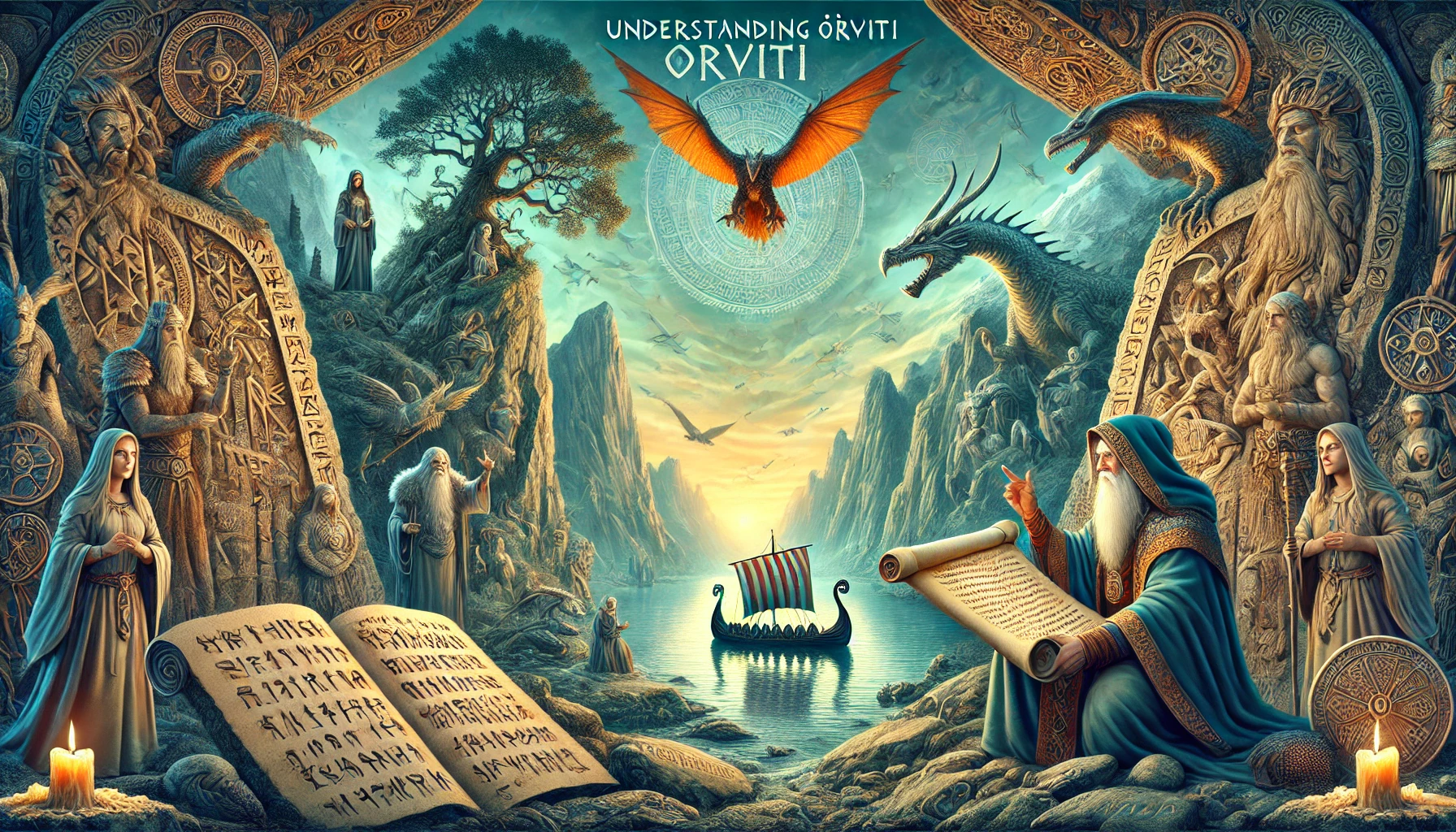The word “örviri” may not be immediately familiar to many, but it holds a fascinating place in Norse mythology and Icelandic culture. Often associated with ancient stories, rituals, and symbols, örviri carries meanings that transcend its literal translation. This article delves into the origins, interpretations, and cultural significance of örviri, providing a comprehensive understanding of this intriguing concept.
The Origins of Örviti
The term “örviri” originates from Old Norse, where it is often translated to mean “desperate” or “losing one’s mind.” It is composed of two parts: “ör,” meaning arrow or point, and “viri,” which is related to mind or sense. In ancient texts, örviri has been used to describe a state of mental frenzy or desperation, often linked to warriors in the heat of battle.
Örviti in Norse Mythology
In Norse mythology, örviri is a condition experienced by warriors who have succumbed to battle madness, a state where they lose their sense of fear and self-preservation. This condition is often depicted as a double-edged sword; while it grants the warrior great strength and ferocity, it also renders them uncontrollable and reckless.
One of the most famous examples of örviri is found in the Berserkers, legendary Norse warriors known for their ferocious fighting style and trance-like fury. Berserkers were believed to channel their örviri into unstoppable power, making them formidable opponents on the battlefield.
Cultural Significance of Örviti
Örviti’s significance extends beyond mythology and into Icelandic culture, where it has influenced literature, art, and philosophy. The concept is often explored in sagas and poetry, where it symbolizes the fine line between genius and madness, courage and recklessness.
- Literature and Sagas: In Icelandic sagas, characters experiencing örviri often face moral and ethical dilemmas. Their stories highlight the complexity of human nature, where strength and vulnerability coexist.
- Art and Symbolism: Artists have long been inspired by örviri, using it to explore themes of chaos, transformation, and the human condition. Paintings and sculptures often depict the raw, untamed energy associated with this state.
- Philosophical Interpretations: Philosophers have examined örviri as a metaphor for the struggle between reason and emotion, control and freedom. It serves as a reminder of the balance needed to navigate life’s challenges.
Modern Interpretations of Örviti
In contemporary culture, örviri continues to capture the imagination of writers, filmmakers, and artists. It is often used as a motif to explore psychological themes and character development. In literature and film, characters experiencing örviri are portrayed as complex individuals, grappling with inner turmoil and external pressures.
- Literature: Modern authors use örviri to depict characters facing existential crises, where they must confront their fears and desires.
- Film and Television: In visual media, örviri is often represented through intense, dramatic scenes that showcase the character’s internal struggle and transformation.
- Psychology: Psychologists have drawn parallels between örviri and modern concepts of mental health, examining how states of mind can influence behavior and decision-making.
Conclusion
Örviti is a multifaceted concept that offers rich insights into Norse mythology, Icelandic culture, and the human experience. Its portrayal as both a source of power and a state of vulnerability highlights the complexity of the human psyche. By exploring örviri, we gain a deeper understanding of the timeless themes of courage, madness, and the delicate balance between strength and vulnerability.
Whether you’re a fan of mythology, history, or psychology, the story of örviri provides a captivating glimpse into the depths of human nature and the eternal struggle between reason and instinct.











